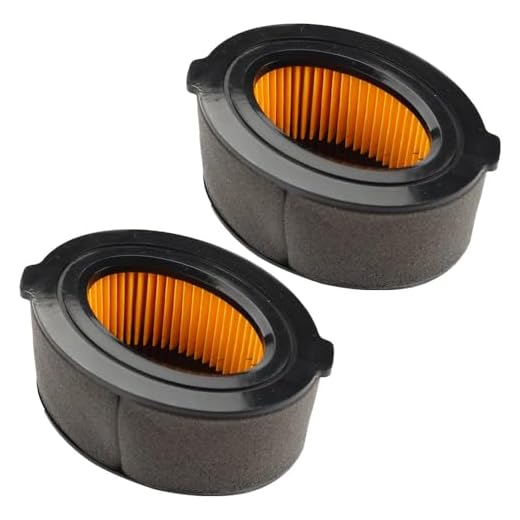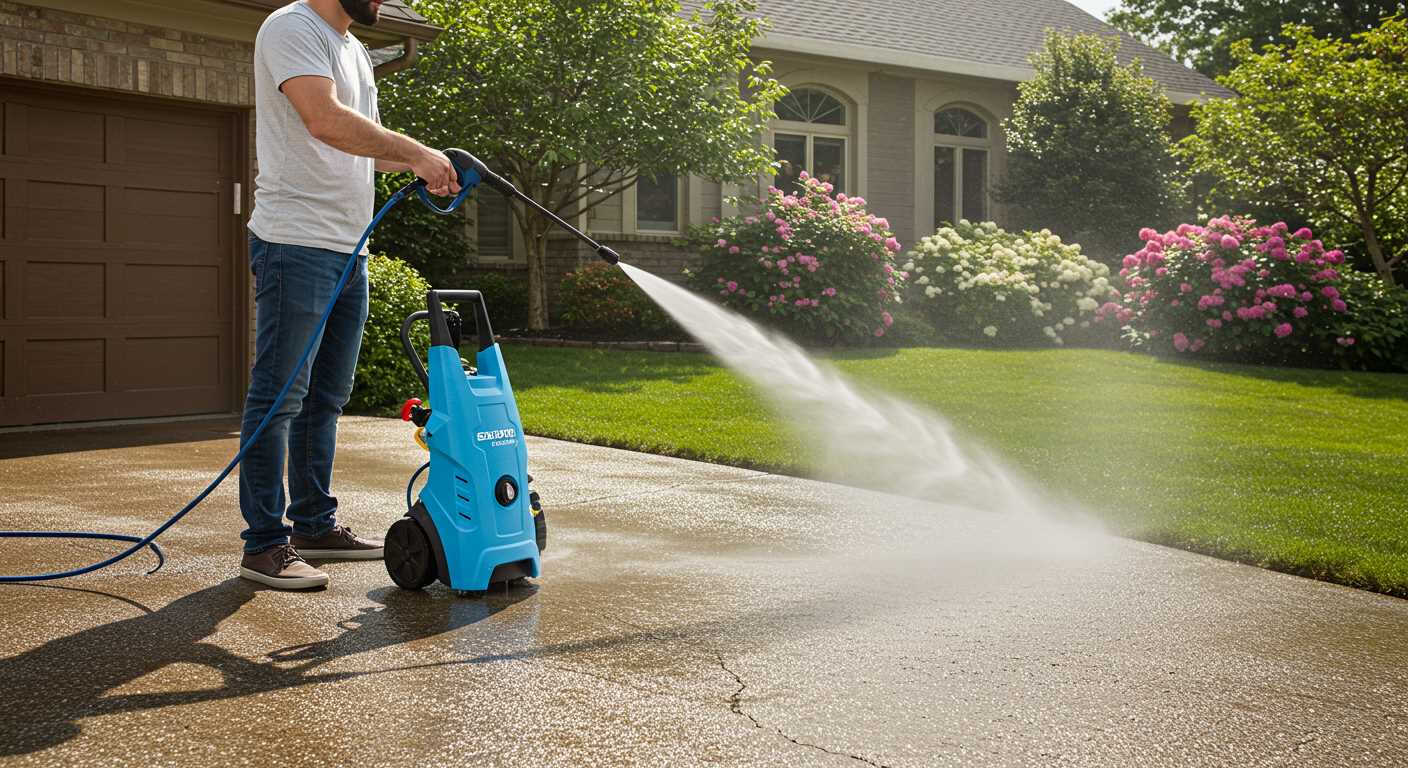



If your cleaning equipment is producing unusual sounds, it’s crucial to investigate the source right away. Often, mechanical issues, such as loose components or worn-out parts, are the culprits. Begin by inspecting connections and screws for any signs of wear or looseness. Tightening any loose fittings can significantly reduce unwanted disturbances.
Another aspect to consider is the quality of the water being used. Debris or minerals can clog the system, leading to strain on the internal components that results in audible discomfort. Regularly cleaning filters and using clean water can mitigate this problem. In addition, ensure that hoses are not kinked or pinched as this can create pressure imbalances, further contributing to excessive noise.
Lastly, pay attention to the motor’s health. If the machinery is older, bearings or seals may require lubrication or replacement. Regular maintenance, including oiling mechanical parts as recommended by the manufacturer, can extend the life of your equipment and diminish disruptive sounds. Addressing these issues promptly can help you maintain a quieter and more efficient cleaning experience.
Identifying unusual sounds from your pressure washer
To determine the source of strange sounds, start with inspecting the pump. Unusual grinding or whining may indicate a problem with internal components or lack of lubrication. Check for leaks or damage in the pump casing, as this could lead to air entering the system, resulting in inconsistent pressure and odd noises.
Next, listen for rattling sounds. This might suggest loose parts, such as screws or bolts, which need tightening. Inspect the housing around the motor and any surrounding components. A quick fix of securing these can significantly reduce disruptive vibrations.
Common Sound Indicators
- High-pitched squeal: This often points to a worn motor bearing. Replacement may be necessary to maintain performance.
- Thumping or banging: Typically caused by air in the pump or a misaligned component. Bleeding the system can alleviate this issue.
- Chugging noise: Indicates potential fuel delivery issues. Ensure the fuel lines are intact, and filters aren’t clogged.
Prevention Tips
- Conduct regular maintenance, including inspection and cleaning of filters.
- Store your equipment in a dry place to avoid moisture-related issues that may cause rust or corrosion.
- Follow the manufacturer’s guidelines for lubrication and service intervals to prevent wear and tear.
Identifying these sounds early can save time and resources. Listening closely and acting promptly often resolves issues before they escalate into costly repairs.
Common mechanical issues causing excessive noise
Check the pump as a primary step. Worn-out internal components, such as seals or bearings, can lead to increased friction and sound. If you notice a grinding or screeching noise, it might indicate that these parts need replacement.
Examine the motor as well. Excessive vibration and noise often stem from misalignment or damaged motor mounts. Ensure the motor is properly secured and functions smoothly. Look for any loose connections or parts that might need tightening.
Inspect the spray gun and nozzle. A clogged nozzle can restrict water flow, leading to abnormal sounds. Clean the nozzle thoroughly to ensure it remains free of debris. Verify that the spray gun operates smoothly without any unusual resistance.
Consider the hose. If it’s kinked or damaged, it may create unwanted sounds during operation. Replace any worn sections to maintain smooth flow and minimise disturbances.
Lastly, check for loose or damaged fasteners across all components. Bolts and screws that aren’t tightened can contribute to audible vibrations. Regular maintenance and inspections can prevent these issues, keeping your equipment operating quietly and efficiently.
The role of water flow in sound generation
Ensure that the water supply is uninterrupted and flowing adequately. Insufficient water input can lead to cavitation, creating disruptive vibrations within the unit. This condition not only contributes to excessive sounds but also risks damaging the internal components over time.
Flow rate and sound levels

The flow rate directly impacts the operation of the machine. A decreased flow may lead to a drop in pressure, resulting in irregular operation. Check the specifications of your model; operating below the recommended flow can cause rattling and banging noises.
Pump functionality and water distribution
Inspect the pump for blockages or wear. Any obstruction can impede the water flow, causing the system to work harder and generate more sound. Regularly clean filters and hoses to maintain optimal flow and minimise unwanted disturbances during operation. Ensure all connections are tight to prevent leaks, which can also interfere with proper water distribution.
Impact of Incorrect Nozzle Size on Noise Levels
Using the wrong nozzle size directly affects the sound produced during operation. A larger nozzle than necessary leads to a decrease in pressure, resulting in a sputtering, irregular sound. Conversely, opting for a smaller nozzle restricts water flow, which can cause the motor to strain and generate a harsh, high-pitched whine.
Assessing Nozzle Compatibility
It’s crucial to match the nozzle size with the specifications of your device to maintain optimal performance. Refer to the manufacturer’s guidelines to select the correct size. Keep in mind that even minor discrepancies can lead to excessive vibrations, altering the sound profile and potentially indicating underlying issues.
Addressing Noise Issues Promptly
If I notice unusual sounds emerging from my equipment, I’m quick to inspect the nozzle. A simple switch to the correct size can often resolve the problem. It’s a step that not only reduces unpleasant sounds but also enhances the efficiency and longevity of your equipment.
How motor type influences sound levels during operation
The type of motor significantly affects the sound produced during operation. Electric motors tend to operate more quietly than their gas-powered counterparts due to the absence of an exhaust system and internal combustion processes. If low sound levels are a priority, opt for electric models.
Brush vs Brushless Motors
Brush motors generate more noise due to the friction created between the brushes and the commutator. In contrast, brushless motors, while initially more expensive, provide quieter operation and longer service life, as they lack these friction points. If you’re sensitive to sound, a brushless design is preferable.
Noise Reduction Measures

For reducing operational sound, consider investing in sound-dampening enclosures or placing the unit on rubber mats to absorb vibrations. Additionally, routine maintenance, such as lubricating motor components and ensuring secure fittings, can help minimise unwanted sounds during use.
Understanding the motor type in your equipment is vital for optimising performance and sound levels. Choosing wisely can lead to a more pleasant experience while using your equipment.
Maintenance tips to minimise noise production

Regularly inspect and tighten bolts and screws on the unit to prevent rattling sounds during operation. This simple task can drastically reduce unwanted vibrations.
Maintain clean filters and inlets to ensure efficient airflow. Clogged components can lead to strain on the motor, causing it to operate louder than normal.
Lubricate moving parts according to the manufacturer’s guidelines. Proper lubrication reduces friction, which is a common source of excessive sound.
Replace worn-out components like hoses and seals. Deteriorated parts can introduce leaks and unnecessary strain on the system, amplifying sound levels.
Ensure the correct alignment of the motor and pump. Misalignment can create additional stress and lead to an increase in operating volume.
Store the equipment in a controlled environment, away from moisture. Corrosion can develop in components over time, which may contribute to increased operational noise.
Utilise sound-absorbing materials in the storage area. These can help to dampen noise when the equipment is in use, ultimately making the operation quieter.
Follow a regular maintenance schedule. Consistent check-ups allow for early detection of issues that could lead to increased sound levels.







